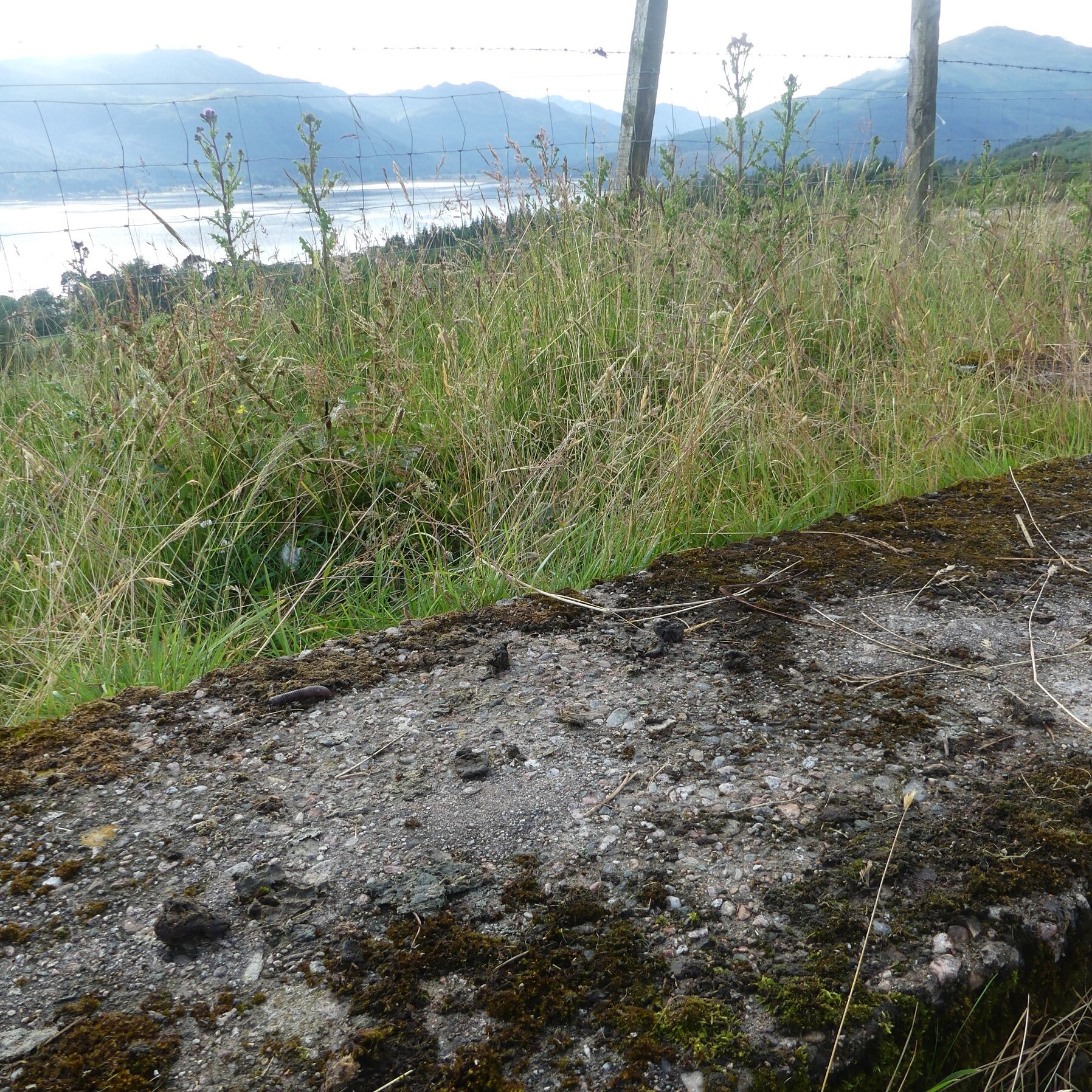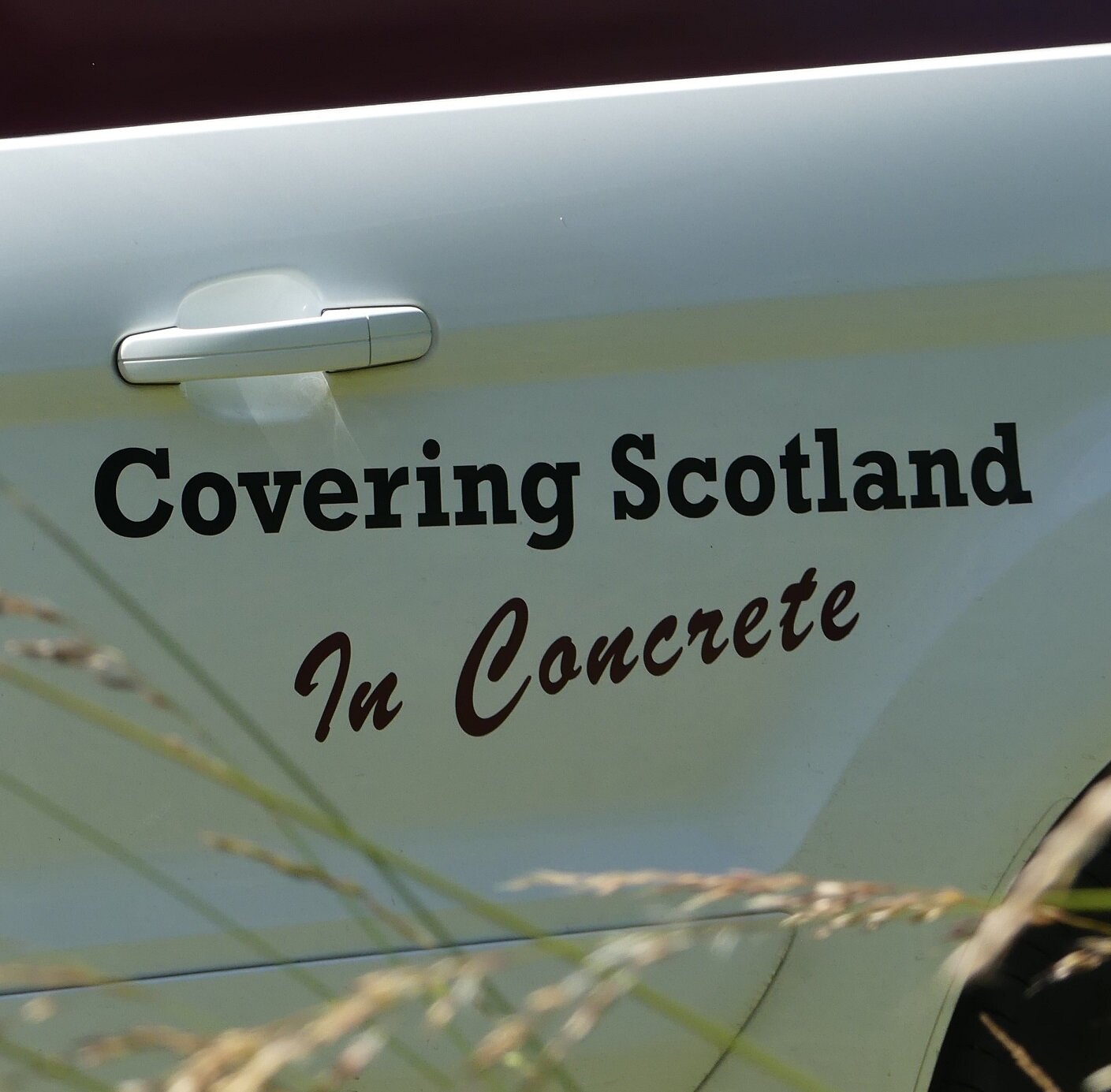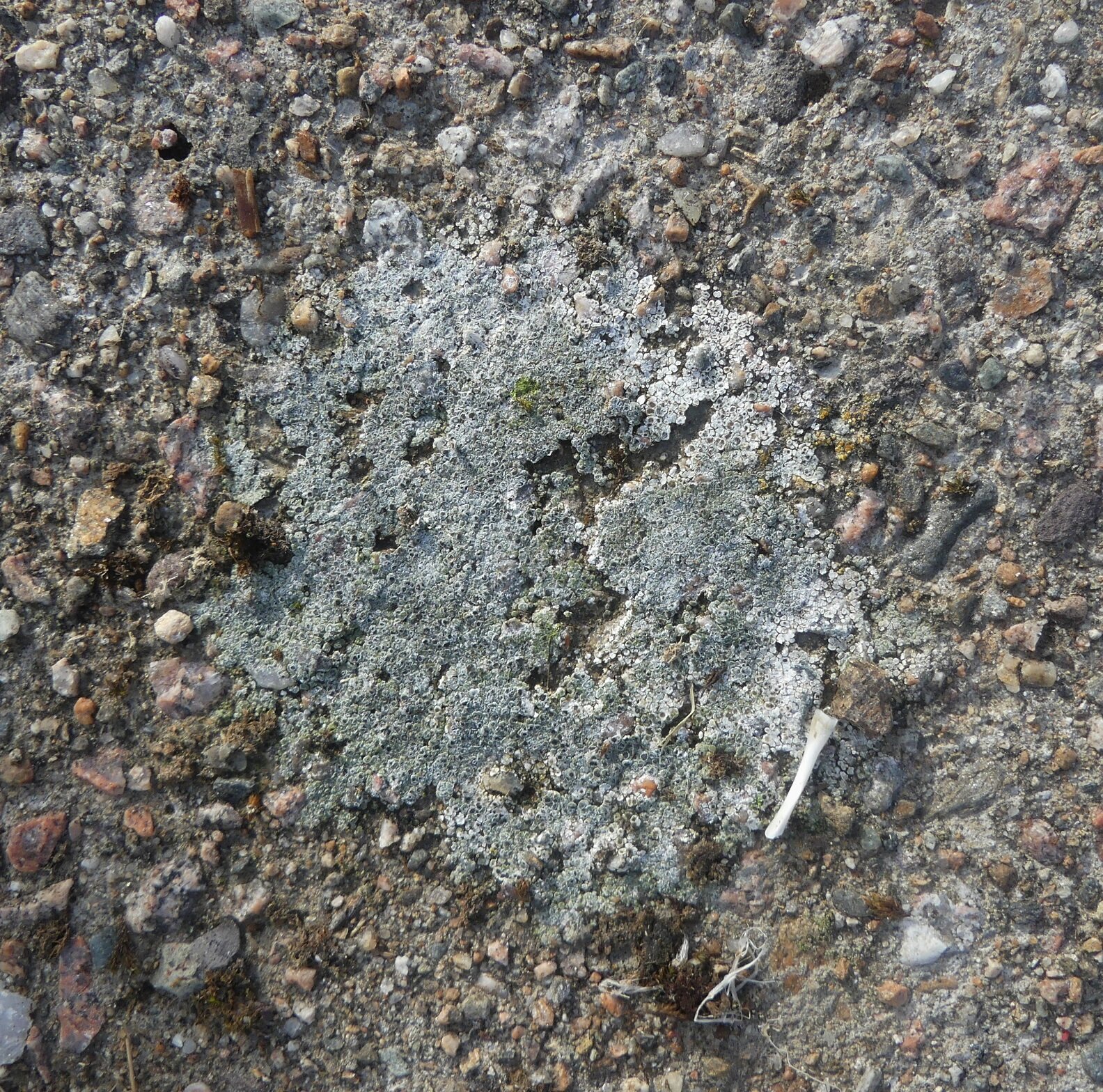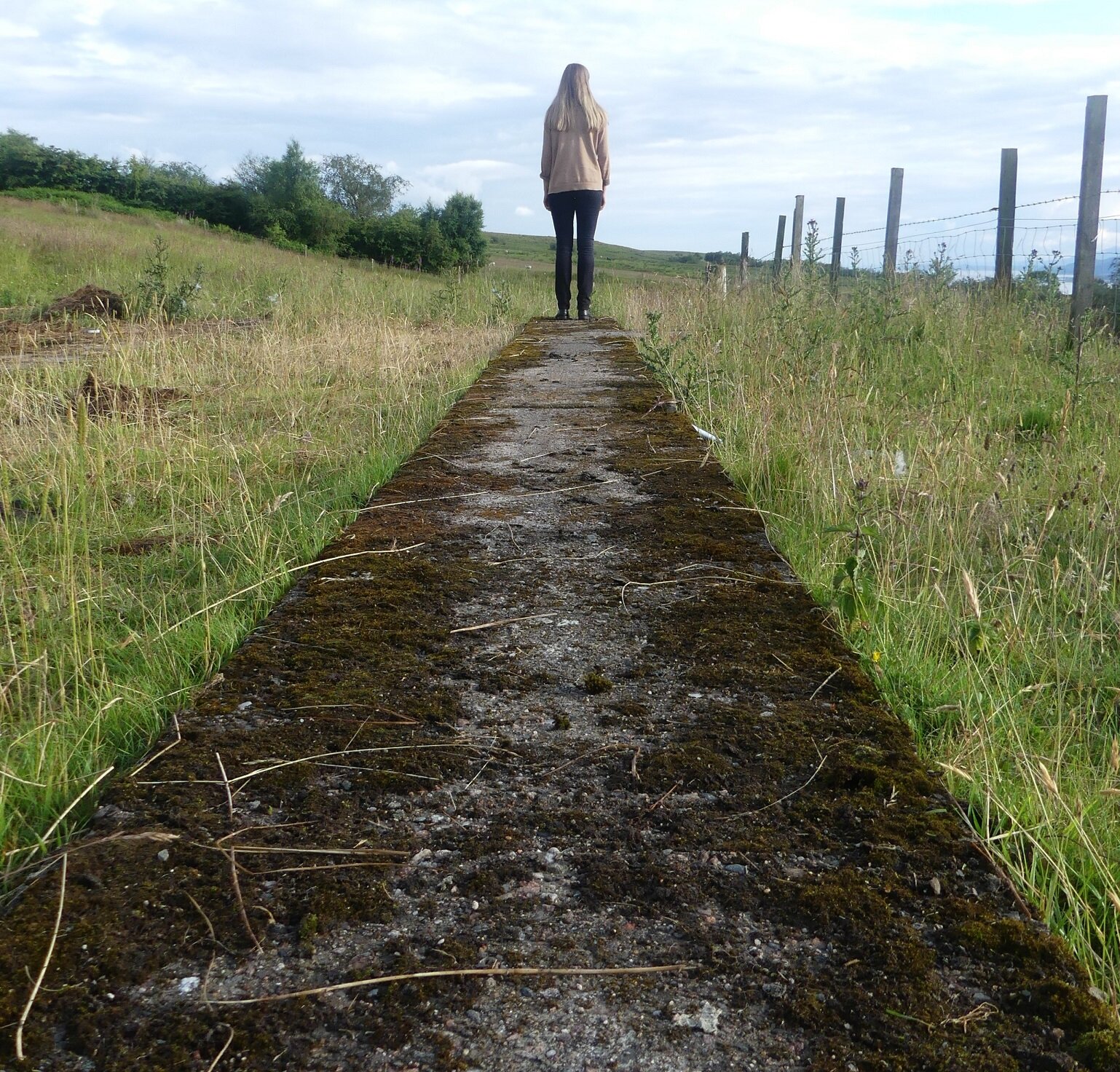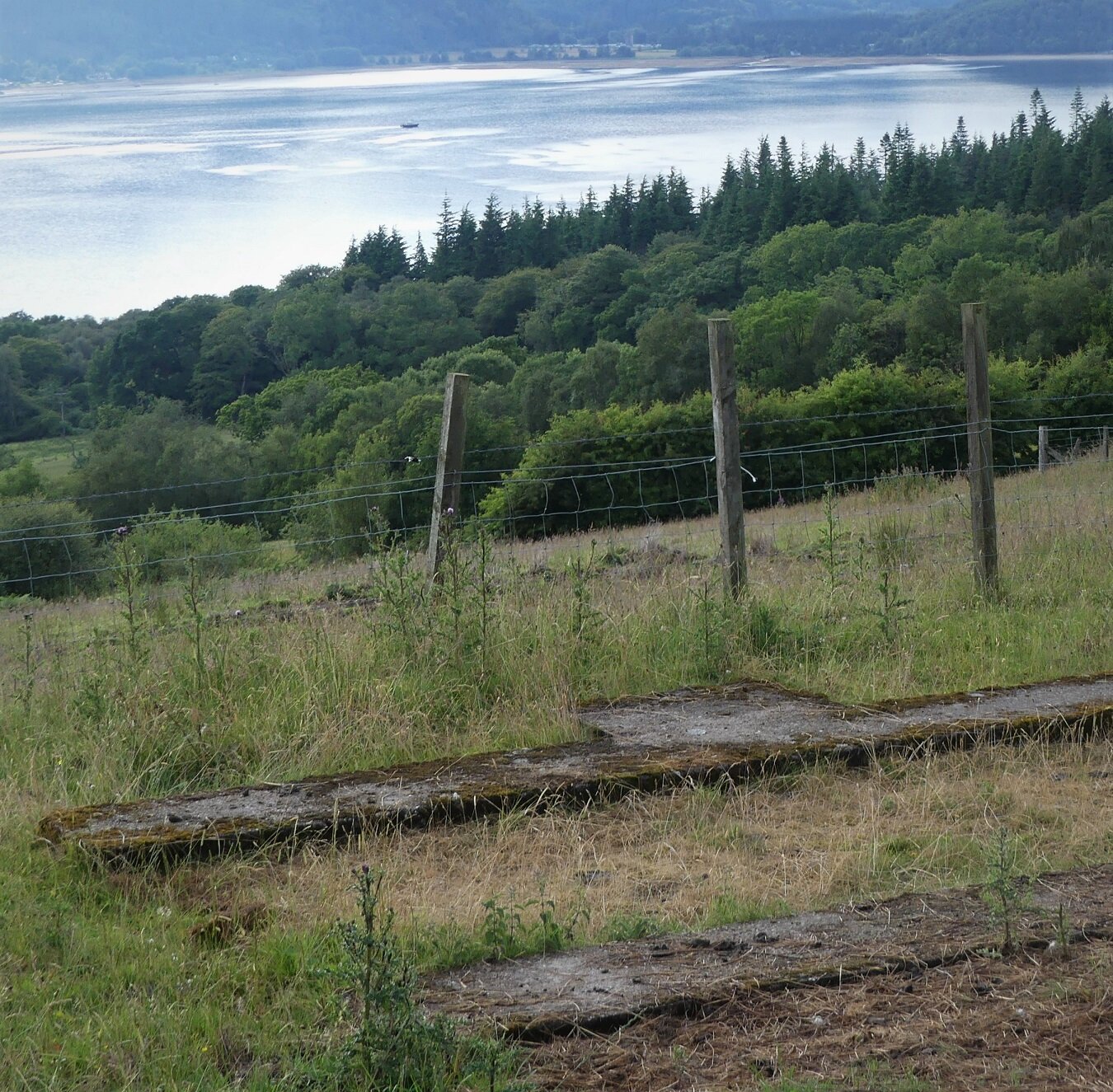Our Concrete Futures?
Today the death toll from the catastrophic floods in Germany and Belgium rose to 188. Last week 489 were reported to have died as a result of the unprecedented heatwave in Canada. Both events have been linked to climate change.
How long before the construction industry faces the reality that is a destructive force killing people through climate change? The time has passed when we Architects and Engineers can rest in the comfortable delusion that we are simply agents of progressive change, making the world a better place. While that is occasionally the case, all too often we squander the world’s natural resources and champion destructive processes in pursuit of commercial turnover, complicit in a sector that is almost never held to account for its actions.
About 40% of our CO2 emissions come from the creation and management of the built realm, but this is only the most visible environmental threat from construction. Our industry is also responsible for about 40% of solid waste and accelerating the depletion of the world’s natural resources. We are a real and present danger to the future of our species.
While the two industries that lead climate emissions, transport and energy, are well on the way to strategic transition to low carbon futures, construction lags far behind, with complacent inertia papered over with greenwash marketing.
Let’s consider just one material. Concrete is mankind’s second most consumed resource after water. Alone it is responsible for 8% of global CO2 emissions, more than aviation. If the concrete industry was a country, it would be the world’s third largest CO2 emitter, after China and the U.S.A.. Concrete can’t be recycled and takes a lot of energy to remove. One of its main ingredients, sand, is the second most consumed natural resource and in an accelerating supply crisis.
The reality is that we routinely use concrete without any concern, or even awareness, of the damage it causes. I regularly see vans of a firm whose proud motto is ‘covering Scotland in concrete’. Think how that compares to our consumption of energy and transport, where there is a high awareness of carbon impacts and a growing level of choice.
As with plastic and metal, there are things concrete can do that no other materials can, and it has enabled some stunning architecture, but we now need to learn to use it sparingly, develop alternative everyday solutions. and get the most value from the concrete we have already cast. Its carbon has come at a high cost and we should work it hard.
However, lacking the commercial driver of carbon taxation, or the incentive of embodied carbon standards, our industry also lacks the ethical awareness to change.
Last week the Swedish Supreme Land and Environmental Court stripped the country’s biggest cement producer of its licence to mine limestone, the key ingredient of cement, whose processing is the main source of emissions. The plant produces about 3/4 of the Sweden’s cement and is the second largest single source of the country’s emissions, about 3%. This is perhaps a sign of things to come - change being brought about by indirect external regulation rather than a sector strategy, government incentives or consumer demand.
The construction sector is poor at innovation. There have been some moves to investigate alternatives, including binders based on magnesium in waste salt from desalination plants demonstrated in the UAE Pavilion at the Venice Biennale, though this has limited applications as the salt corrodes metal reinforcement. Other piloted innovations have technical limitations to use or are financially uncompetitive in current market conditions.
A 2019 report for the Department of Energy found it was technically possible to change the fuel used in UK cement kilns to biomass, hydrogen or electricity, making that part of the process low carbon, but concluded it would be prohibitively expensive. In Norway, they have accepted that cement will inevitably remain a high carbon technology and are investing in a massive carbon capture and storage facility, costing $2.7bn. Perhaps this is the model that Scotland will follow, with Tarmac’s cement factory at Dunbar our fifth largest single carbon emitter, discharging 559,000 tonnes in 2019.
The reality is that we use concrete without any concern, or even awareness, of the damage it causes. And those who are impacted by climate change, overwhelmingly the world’s poor, are paying the price.
The urgency of the Climate Crisis means we can’t wait for future solutions from an industry resistant to change. Designers need to act now to cut the carbon coming from concrete by dramatically reducing how much we use. This is where Architects and Engineers can take the lead in demonstrating ethical responsibility. As environmentally responsible professions, we should adopt targets, demonstrate alternatives and foster informed client choices.
This year Arc will build three buildings that use no cement. Two also have no plastic, and one of those also has no metal. Two of the buildings use gravel trench foundations to disperse load and create a barrier to ground moisture, with the superstructure built using unfired clay as the binder for natural fibre bio-composite walls.
The other building is an important innovation for us, as our practice searches the terrain of eco-architecture for new paths. At Cove Park in Argyll we are leading an inter-disciplinary team of design students and early career professionals to build an installation that tests the future of Architecture in an age of climate crisis, through the British Council’s Future by Design programme on Architecture.
Our team chose to use a brownfield site with four old concrete strip foundations, rather than two greenfield sites, a decision that prioritised minimising environmental impact over freedom of design, and allowed them to focus on developing the skills of designing to re-use high carbon infrastructure.
These are the skills we will need to develop in practice over the coming decade. And maybe one day soon we will even be able to use our skills to re-purpose the massive concrete structures lurking near Cove, at Coulport and at Faslane. That truly, is a vision for progress.

